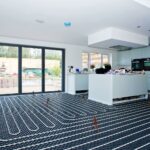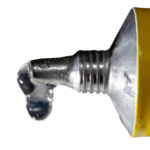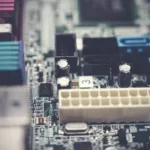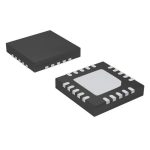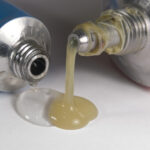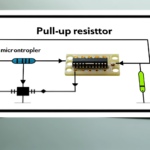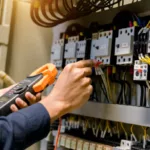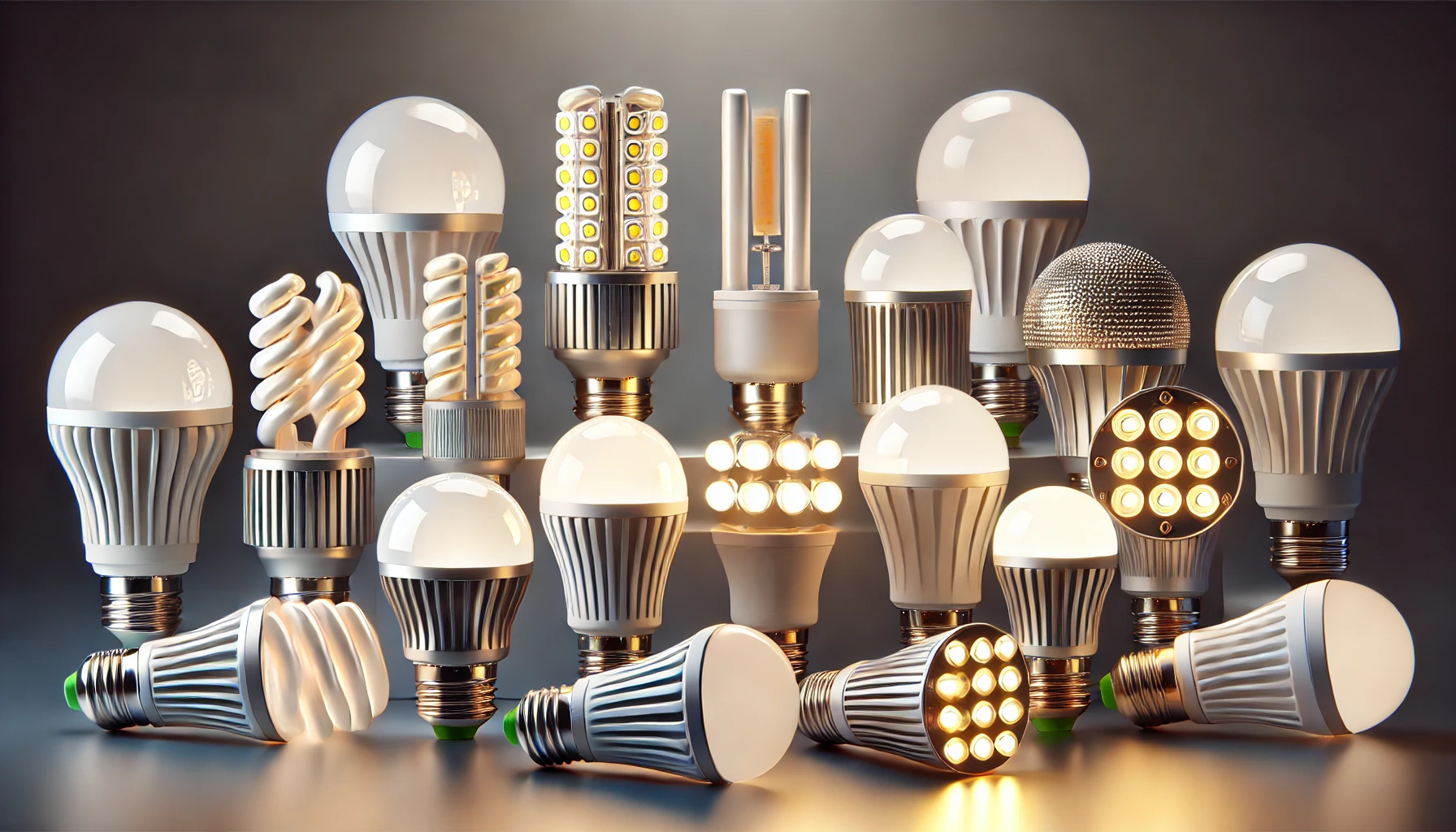
Introduction
When looking to upgrade your home’s lighting, LED (Light Emitting Diode) bulbs have stood out as the most promising advancement in residential lighting. These bulbs offer a host of unparalleled, long-lasting benefits over traditional lighting solutions that can impact your home’s atmosphere. But how do these bulbs stand as a leading choice in modern home lighting solutions? Read this article to explore the innovative features of LED light bulbs that make them the preferred choice for households aiming to enhance their living spaces.
Understanding LED Bulbs: Definition and Key Components
They are energy-efficient lighting fixtures designed to produce long-lasting light by utilising semiconductors—LEDs. Unlike traditional incandescent and fluorescent bulbs that rely on filaments or gases, LED technology is solid-state, meaning it uses a diode to generate light. An LED bulb is significantly more efficient than conventional bulbs, using up to 90% less energy while producing the same light output. With a remarkably long lifespan, up to 25 times longer than traditional counterparts, they are emerging to be the future of modern home lighting.
An LED bulb typically consists of an LED chip (the light source), a heat sink to dissipate heat, a driver to regulate power, and an optical component to shape the light output. This design enhances the bulb’s efficiency and performance in various lighting environments.
Popular Types of LED Bulbs To Choose From: Illuminating Choices
They come in multiple shapes, sizes, and functionalities, designed to cater to different lighting needs. Some common types include:
Standard LED Bulbs – These are the most standard bulbs used for general-purpose lighting in homes, offices, and other indoor environments. They are typically pear-shaped bulbs that replace traditional incandescent in lamps and fixtures.
Dimmable LED Bulbs – Dimmable LEDs offer adjustable lighting options designed to control the brightness levels to suit different moods and settings. They are compatible with modern dimmer switches and are perfect for living rooms, dining areas, or bedrooms where ambience is key.
Decorative LED Bulbs – As the name indicates, decorative LEDs are designed for aesthetic purposes with unique shapes. They also come in various colours and are visually appealing, including vintage Edison-style bulbs, offering efficient illumination.
Smart LED Bulbs – Smart LEDs take lighting to the next level and integrate smart (wireless) technology for seamless control. They allow users to control brightness, colour, and on/off functions remotely via smartphone apps or home automation systems like Amazon Alexa or Google Home.
Why Are LED Bulbs the Smart Lighting Choice for Homes?
When upgrading home lighting, individuals typically consider factors such as convenience, affordability, comfort, safety, and aesthetic appeal. Each of these elements is essential in influencing the decision-making process for lighting enhancements. They are the versatile option that provides these key factors–here’s a brief look into each consideration:
Cost Savings Over Time
Although the upfront cost of LED light bulbs may be higher compared to other lighting devices, their long-term savings make them a wise, smart investment. The energy savings, combined with their extended lifespan, result in a significant reduction in energy and maintenance costs over the years. Additionally, the prices of these fixtures are steadily decreasing, making them more accessible to homeowners.
Smart Controls
Smart LEDs are designed to be controlled via smartphones, voice assistants, or even remotely through apps. This technology allows customised lighting schedules, intensity adjustments, and even colour changes, all of which enhance user convenience and energy efficiency.
Safety Benefits
Unlike traditional bulbs, which generate a significant amount of heat, these lights remain cool to touch. LED fixtures are also highly durable, with no fragile glass components or filaments that can break easily. This reduces the risk of shocks or vibrations, burns, and fire hazards. All these safety features of LED light bulbs make them safer for home use, especially in enclosed fixtures or areas with limited ventilation.
Impact on Home Decor
LED lighting is increasingly used as a component of home decor. Designers are using LEDs to create aesthetic and mood-enhancing environments. Decorative LED bulbs complement homeowners’ décor style and they can also be tailored to individual tastes and occasions.
Exploring LED Bulbs for Different Home Applications
They are versatile lighting devices extensively used throughout the home for various purposes. They can be used for either general lighting, accent lighting, garden lighting, and task lighting across different spaces within or outside homes, such as:
Living Room: LED light bulbs create a cozy and inviting atmosphere within the living room. Opt for dimmable, warm white, or smart LED fixtures to create a flexible and comfortable ambience.
Bedroom: LED lighting bulbs, such as colour-changing or soft white bulbs, can offer a cozy, calm, relaxing, and fun environment in bedrooms, promoting relaxation and sleep.
Kitchen: Bright, cool-toned LEDs work well in kitchens where good visibility is important for cooking and cleaning. Under-cabinet LED strips also offer an efficient and stylish solution.
Outdoors: These are also perfect for outdoor security and decorative purposes. Choose weather-resistant LEDs for outdoor fixtures, such as floodlight LED bulbs, solar-powered, and string LED fixtures. These lighting devices withstand the conditions while providing ample light for security or decorative purposes.
Final Thoughts
LED bulbs are undeniably the future of home lighting—helping households save money and create customised designs. Integrating within portable electronics (such as a g9 LED bulb) to complex outdoor security and decorative systems, LED light bulbs are a preferred choice within residential, commercial, and industrial settings. By making the switch to LED lighting devices, individuals can enjoy better lighting quality while contributing to a more sustainable future.










